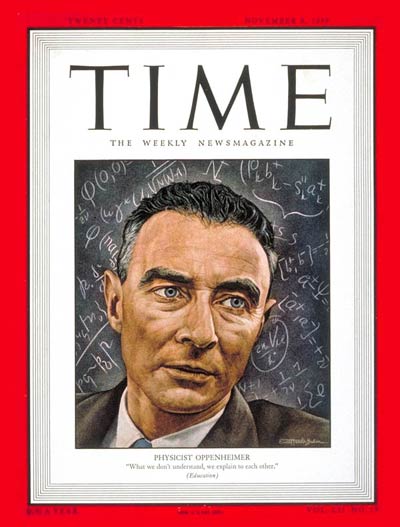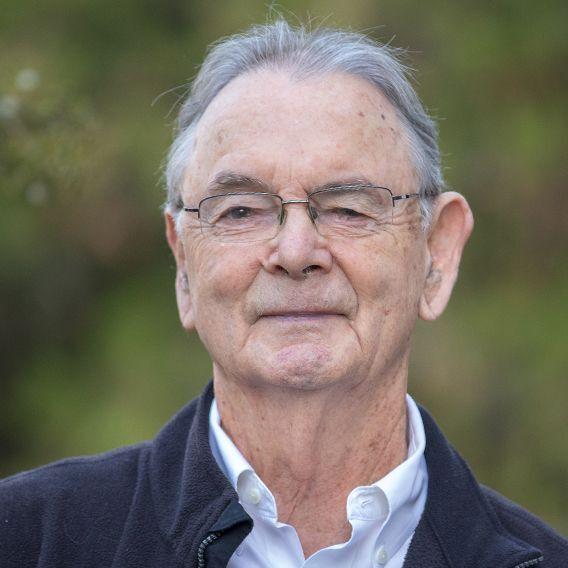This article was originally published in the May 30, 2023, edition of the Arizona Daily Star newspaper in their local column “Tucson Opinion.”
The following is the opinion and analysis of the writer:
The movie director Christopher Nolan (The Dark Knight, Man of Steel, Dunkirk, Tenet, and others) is about to release a film about J. Robert Oppenheimer. The release date is July 21. The buzz is a-building.
Who was J. Robert Oppenheimer? He was no Man of Steel. He was a skinny physicist who chain smoked, and who came to be called ‘the father of the atomic bomb.’
Oppenheimer was chosen by the military director of the Manhattan Project, General Leslie Groves, to direct the Scientific Division of the Manhattan Project. By all accounts, Oppenheimer did a spectacular job as director of the Scientific Division.
After World War II, Oppenheimer relocated to the Institute of Advanced Study at Princeton University, where Albert Einstein already had an office.
In 1946, Congress created a civilian agency charged to deal with all matters having to do with atomic energy, the Atomic Energy Commission. Oppenheimer was elected chair of the AEC’s General Advisory Committee.
Oppenheimer came to be seen as someone who not only knew everything that could be known about the scientific and technical aspects of the bomb but as someone who had unusual wisdom about what this new kind of weapon would mean to the world.

In 1948, he was named Time Magazine’s Man of the Year. A handsome drawing of him appeared on the cover. His blue eyes stand out.
In 1949, the Soviet Union exploded its first nuclear weapon. Many in the United States were surprised the Soviets had done this so quickly. Oppenheimer wasn’t. He knew they had good physicists, too. All they had needed was enough time to build the industrial capacity that would enable them to produce the fissile fuel. Spies in the Manhattan Project might have helped but probably not that much.
Later in 1949, Oppenheimer and other members of the General Advisory Committee of the Atomic Energy Commission recommended against being the first to develop a much more powerful weapon — the hydrogen, or thermonuclear, bomb. One of their arguments was that the atomic bombs we already had were more than up to the task of destroying the Soviet Union.
The first hydrogen device was tested in 1952, just before Dwight Eisenhower was elected president.
In 1954, Oppenheimer’s security clearance was revoked by the Atomic Energy Commission in a proceeding engineered by Eisenhower’s choice as chair of AEC, Lewis Strauss, abetted by J. Edgar Hoover’s FBI. This embarrassing action was corrected to some extent in 1963 when President Kennedy awarded Oppenheimer the Enrico Fermi prize. Corrected further in 2022 when Jennifer Granholm, the Secretary of the Department of Energy, vacated the revocation.
Oppenheimer had died in 1967, unfortunately.
I would expect all of the foregoing to be represented in Nolan’s film in some way.
Nolan’s film is being praised in advance for its “accuracy.” But accuracy is only one aspect of what is called for in a story like this one.
In 1953, soon after Eisenhower took office, he heard Oppenheimer propose in a talk that the authorities should start something that might be called Project Candor. The aim would be to educate the American public about the actualities created by the existence of nuclear weapons. This could be done, Oppenheimer argued, without compromising security and it would enlist more minds in addressing the extremely difficult problems posed by the existence of these weapons.
I hope but doubt that Oppenheimer’s promotion of Project Candor and the rejection of it by Eisenhower and subsequent presidents will be given the importance it deserves.
